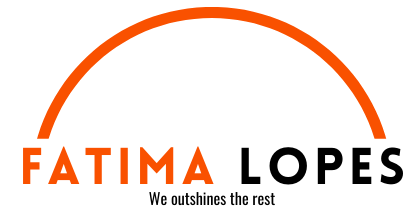In the realm of vaping, innovation and variety continually emerge, offering consumers a wide array of choices. One such innovation gaining attention is the rise of Delta 8 disposable vapes. These products present themselves as a potential alternative to traditional vaping methods, raising questions about their safety, efficacy, and overall appeal.
Understanding Delta 8: A New Contender in the Vaping World
Delta 8 THC, a cannabinoid found in the cannabis plant, has gained traction for its psychoactive properties, albeit milder compared to Delta 9 THC. With the recent surge in interest in CBD and other cannabinoids, Delta 8 has stepped into the limelight. Its legality in many states where Delta 9 THC remains restricted further fuels its popularity.
The Appeal of High Disposable Vapes
high disposabel vapes infused with Delta 8 offer convenience and discretion. These sleek, pocket-sized devices come pre-filled and ready to use, eliminating the need for maintenance or refilling. Additionally, they often boast a wide range of flavors, catering to diverse preferences.
Safety Concerns and Controversies
Despite their convenience, questions linger regarding the safety of Delta 8 disposable vapes. Like traditional vaping products, they involve heating substances to produce aerosols for inhalation. Concerns arise regarding the long-term effects of inhaling these aerosols, particularly the potential risks associated with additives and contaminants.
The Regulatory Landscape
The regulatory landscape surrounding Delta 8 THC is complex and evolving. While some states have embraced its legality, others remain skeptical, leading to a patchwork of regulations across the United States. This lack of uniformity complicates matters for consumers and manufacturers alike, raising questions about product quality and compliance.
Potential Benefits and Drawbacks
Advocates of Delta 8 disposable vapes tout their potential benefits, including stress relief, mood enhancement, and pain management. However, critics warn of possible adverse effects, such as anxiety, paranoia, and impaired cognition. As with any substance, individual reactions may vary, making it crucial for users to exercise caution and moderation.
Navigating the Future
As the popularity of Delta 8 disposable vapes continues to grow, navigating the future of vaping requires careful consideration. Research into their safety and efficacy remains ongoing, shedding light on potential risks and benefits. In the meantime, consumers must stay informed, weigh their options, and make choices aligned with their preferences and values.
Conclusion
In the ever-evolving landscape of vaping, Delta 8 disposable vapes emerge as a compelling option for enthusiasts seeking convenience and novelty. However, lingering safety concerns and regulatory uncertainties underscore the need for cautious exploration. As research progresses and regulations evolve, users must remain vigilant, prioritizing their health and well-being in their vaping journey.





















